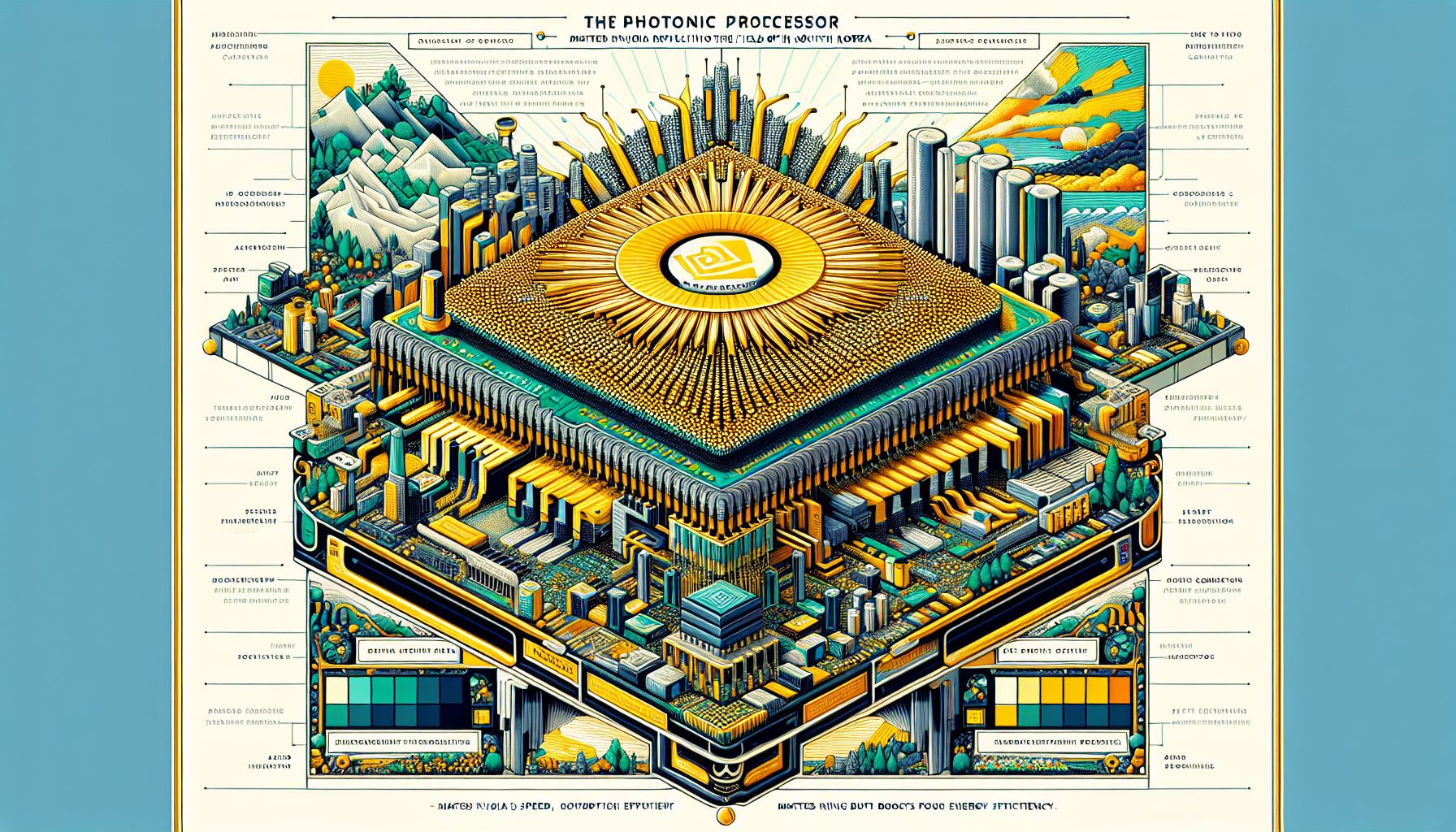South Korean Photonic Processor Revolutionizes AI Energy Efficiency

Seoul, Saturday, 12 April 2025.
A new photonic processor in South Korea matches Nvidia’s speed but uses less energy, marking a significant milestone in integrating photonics into traditional computer systems for AI advancements.
Introduction to Photonics in Computing
The integration of photonics in computing technology provides a groundbreaking solution to the energy and performance constraints faced by electronic processors. A photonic processor uses light instead of electrons to perform calculations, thereby reducing heat generation and energy consumption while maintaining high-speed data processing capabilities. Photonics enable faster data transport through optical fibers and increase operational efficiency in data-heavy applications like AI model training [1].
The Innovation Behind the Photonic Processor
The innovation comes from Lightmatter, a U.S. startup, which has successfully developed a photonic processor that matches the performance of Nvidia’s H100 GPU but with significantly lower power consumption. The photonic processor can execute 65.5 teraflops of FP16 compute performance, making it three times faster than Nvidia’s A100 GPU [1][3]. By integrating photonics directly into computer architectures, this processor represents a fundamental shift in how computational tasks can be executed, particularly those requiring intensive AI workloads [1].
Advantages of Photonic Computing
One primary benefit of the photonic processor is its energy efficiency. While Nvidia’s electronic processors demand high energy input due to heat dissipation needs, the photonic processor by Lightmatter consumes only 78 watts of electrical power and 1.6 watts of optical power, making it approximately ten times more energy efficient [1][3]. This energy efficiency is crucial for running modern AI algorithms, which are becoming increasingly demanding as they evolve in complexity and size [3].
Potential Impact on AI and Beyond
The introduction of photonic processors marks a significant development in computing technology, poised to address the increasing power demands of AI and other computational industries. As the photonics technology continues to mature, it is expected to deliver even greater efficiencies and could become a key player in the industrial landscape, similar to how GPUs revolutionized AI and digital content creation [1][3]. This shift is vital as AI applications expand into new domains, requiring scalable, power-efficient solutions for continuous growth and innovation [3].